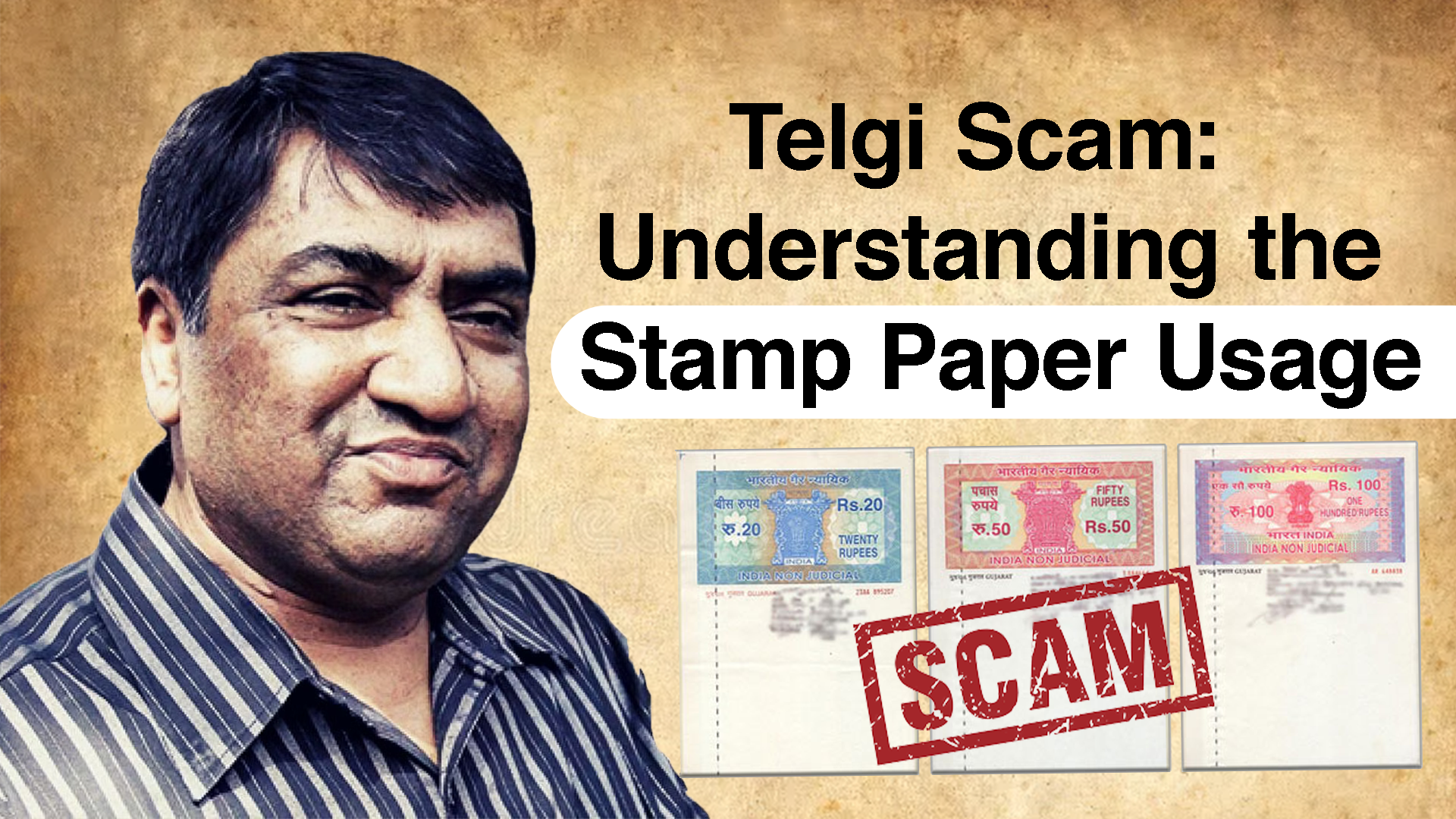The Abdul Karim Telgi Stamp Paper Scam: A Billion-Dollar Counterfeit Empire

Abdul Karim Telgi, born in 1961 in Khanapur, Karnataka, emerged from humble beginnings to become the mastermind behind one of India’s most notorious financial frauds. Growing up in a lower middle-class family, Telgi’s early life was marked by adversity. After losing his father, who worked for Indian Railways, young Telgi resorted to selling fruits and vegetables on trains to support his family and fund his education.
Despite the challenges, Telgi managed to complete his BCom from Gogte College of Commerce in Belgaum in 1984. His journey from a struggling fruit vendor to a criminal mastermind began after a brief stint in Saudi Arabia, where he likely honed his skills in document forgery.
- The Stamp Paper Scam: A Counterfeit Empire
- Fraud Name: The Telgi Stamp Paper Scam
- Scam Year: 1993-2001
- Total Fraud Amount: Estimated at ₹300 billion (US$3.6 billion)
- Modus Operandi: The Art of Deception
Telgi’s scam was a masterclass in exploiting systemic weaknesses and corruption. Here’s how he orchestrated this massive fraud:
- Acquiring Printing Machinery: Telgi bribed officials to obtain genuine stamp paper printing machines from the Nashik Security Press.
- Creating Artificial Scarcity: He manipulated the market by bribing officials to create a shortage of legitimate stamp papers.
- Counterfeiting Process: Using the acquired machinery, Telgi’s network produced near-perfect counterfeit stamp papers.
- Distribution Network: He employed 300 agents to sell fake stamps to banks, insurance companies, and stock brokerage firms.
- Bribery and Corruption: Telgi allegedly paid billions to top politicians and police officials in Karnataka and Maharashtra to keep his operation running.
Unraveling the Scam: How It Was Uncovered
The unraveling of Telgi’s empire began in 2000 when two men transporting counterfeit stamp papers were arrested in Bengaluru. This led to a series of events:
- Initial Raids: Searches across Bengaluru uncovered counterfeit stamp papers worth over ₹9 crore
- Special Investigation Team: The government formed “STAMPIT,” a dedicated team to investigate the scam.
- Whistleblowers and Complaints: Banks and financial institutions started noticing discrepancies in stamp papers, raising alarms.
- Investigative Journalism: Media reports played a crucial role in bringing the scam to public attention.
Arresting the Mastermind
Telgi’s run came to an end in November 2001 when he was arrested while on a pilgrimage to Ajmer, Rajasthan. The arrest revealed the true scale of the scam and led to further investigations implicating numerous high-ranking officials and politicians.
1. Legal Proceedings and Sentencing:
In 2007, Telgi was sentenced to 30 years of rigorous imprisonment and fined ₹202 crore[8]. The legal battle was extensive, involving multiple charges across different states.
2. Current Scenario:
Abdul Karim Telgi passed away on October 26, 2017, in Bengaluru due to multiple organ failure[8]. However, the legacy of his scam continues to influence discussions on corruption and financial fraud in India.
Interestingly, a year after his death, on December 31, 2018, the Nashik session court in Maharashtra cleared Telgi and seven others in the Stamp Paper Scam case due to lack of evidence. This controversial decision has reignited debates about the complexities of prosecuting high-profile financial crimes in India.
The Telgi scam remains a stark reminder of the vulnerabilities in India’s financial systems and the far-reaching consequences of corruption. It continues to be a case study for law enforcement agencies and policymakers in their ongoing efforts to prevent and combat large-scale financial frauds.
Also Read: Top Investment Strategies for 2025: How to Identify High-Growth Themes



